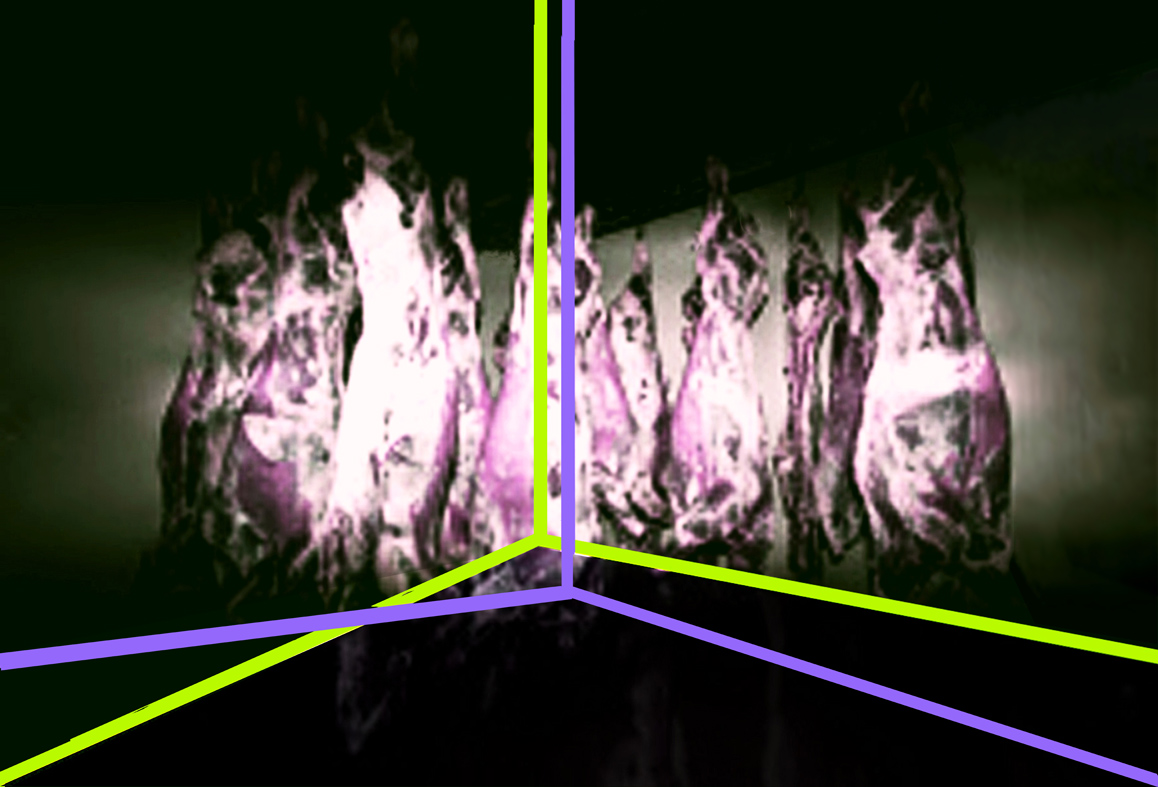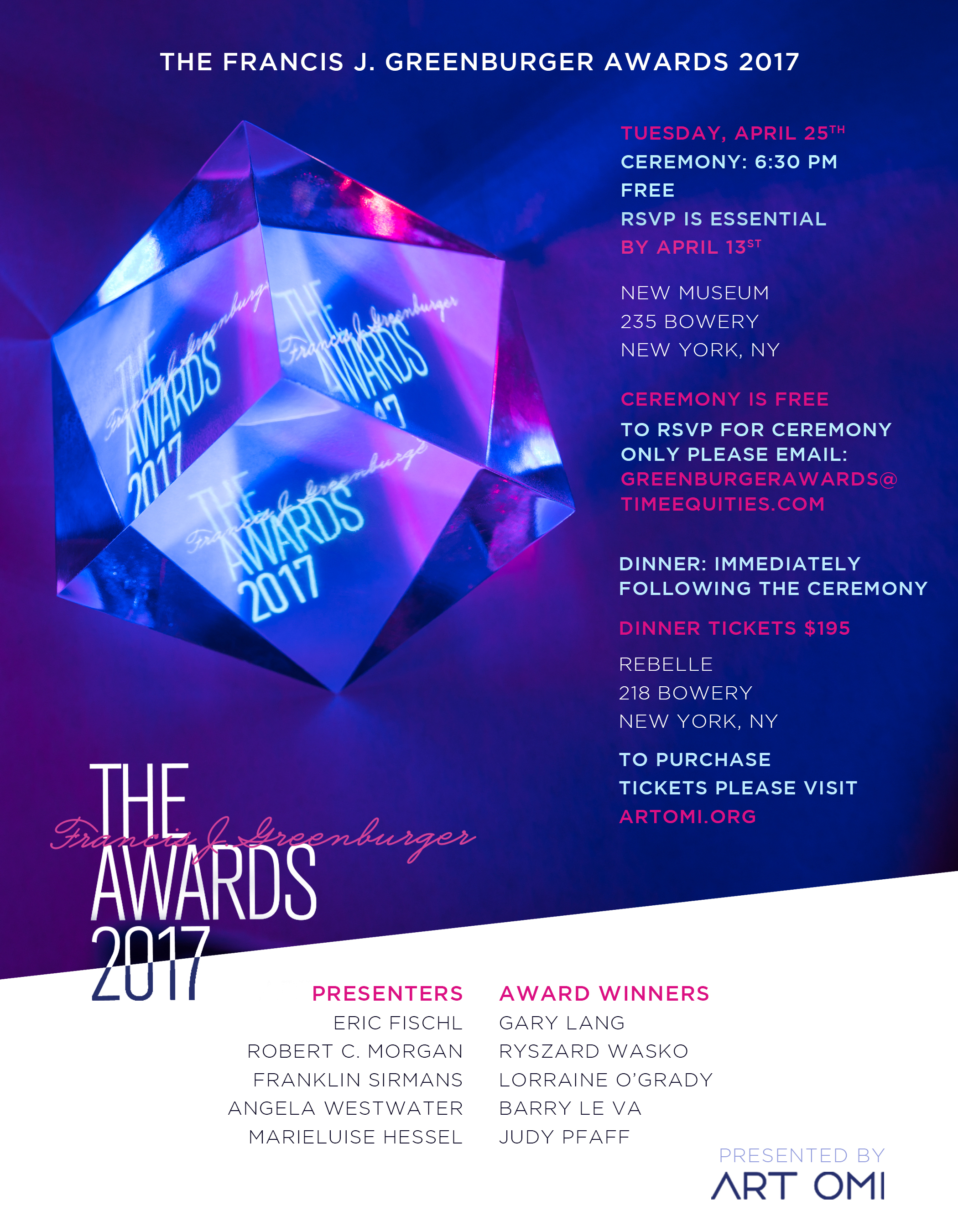Ryszard Wasko
 Ryszard Wasko, The Forest is Black and Silent, Oil on canvas, 250 x 180 cm, 2016
Ryszard Wasko, The Forest is Black and Silent, Oil on canvas, 250 x 180 cm, 2016
solo exhibitions (selection)
2016 “Who is afraid of Color? ”, Zak/Branicka Gallery, Berlin
2015 ‚Time Sculptures: conceptual works from the 80s‘, Zak/Branicka
Gallery, Berlin
Timeline, Sexauer Gallery, Berlin
Farewell to Arms (with Alejandro Vidal),Neuer Kunstverein,Vienna
2014 Timeline, The Room/New Gallery, Musrara, Jerusalem
Time Frame, Zak/Branicka Gallery, Berlin
2013 Genesis, TRAFO Art Center, Szczecin
2012 Do the Meditation Rock, Freies Museum, Berlin
2011 One&One, Freies Museum, Berlin
2008 Ryszard Wasko, Lodz – Berlin, Museum of the City of Lodz, Lodz
Ryszard Wasko, Cut up Portrait, Galeria Senatorska, Warsaw
2006 I am telling you a secret, Galeria Signum, Poznan
2005 Nasty Bedtime Stories, Galeria Fizek, Poznan
2003 New Paintings, Center for the Arts, New York
1981 Retrospective, Museum Folkwang, Essen
group exhibitions (selection)
2016 Polish Contemporary Art Through Generations,
Skulpturmuseum, Glaskasten. Marl
Moving Tales, Chiesa di San Francesco, Cuneo
2011 Tür an Tür. 1000 Jahren Kunst&Geschichte Deutschland/Polen
Martin Gropious-Bau, Berlin
Community that came?, Museum of Art, Lodz
Ostalgia, New Museum, New York
Paris Photo, Carrousel du Louvre, Paris
2008 1,2,3…Avant-Gardes, Tate Modern Gallery, London
2006 Image/Text, Tate Modern Gallery, London
Pioneering Artists’ Video, Tate Modern Gallery, London
2005 Open Systems, Tate Modern Gallery, London
2004 Biennale of Polish Art, Lodz Biennale 2004, Lodz
2003 A History of Polish Avantgarde Film, MoMA, New York
2001 Markers-Project, Venice Biennale, Venice
1999 Oreste Project, Venice Biennale – Italian Pavillion, Venice
International Installation Triennale, Haifa Museum of Art
1998 The Bridge, Construction in Process VI, Melbourne
1995 Construction in Process V, Negev Desert, Israel
1994 My home is your home, Construction in Process IV, Lodz
1991 In-between Project, Venice Biennale – Turkish Pavillion,Venice
1990 Construction in Process III – back in Lodz, Lodz
1988 Berlin, Cultural City of Europe 1988, Berlin
1987 Homage to Joseph Beuys, Klaus Staeck Galerie, Heidelberg
1985 Europeanan Film Avant-garde 1960–1980 (tour-show), American Federation of Arts
Peace-Biennale (Biennale des Friedens), Kunsthalle, Hamburg
Prozess und Konstruktion, Lenbachhaus Museum, Munich
1983 Praesence Polonaise, Centre Pompidou, Paris
1982 Sol LeWitt’s Choice, Cenobio Visualità Gallery, Milano
1981 Construction in Process (Konstrukcja w Procesie), Lodz
1980 Pier + Ocean: Art of the 70s, Hayward Gallery, London & Rijksmuseum
Biennale de Paris, Paris
Sydney Biennale, Sydney
1979 Polish Photography, International Center of Photography, New York
Film as Film, Hayward Gallery, London
IIIrd International Festival of Indepdendent Avant-garde Film, National Theatre, London
1977 DOCUMENTA 6, Kassel
scroll down for german version
The artist Ryszard Wasko, who achieved wide international recognition as a conceptual artist in the 1980s, has been combining conceptual art with painting in his most recent work. Indeed, since moving to Berlin to live and work about a decade ago, he has largely described himself as a painter. The phenomena of light, time, movement, and memory—strong interests from an earlier period in his creative life—continue to serve as major themes in his practice as a painter, strongly connecting the conceptual work he produced nearly a generation ago to the present. He is also deeply engaged with the great painters of the past, from Caravaggio and Goya to Caspar David Friedrich.
After studying in Łódź, Poland at the School of Photography and Film, Wasko was invited to participate in the 1980 exhibition “Pier+Ocean: Construction in the Art of the Seventies” alongside Sol LeWitt, Fred Sandback, and Lawrence Weiner. Indeed, Wasko continues to be perceived even today primarily as a conceptual artist. When asked about this, he responds:
I always had the feeling that whatever I was doing was about making a painting. Maybe it was because of the fact that I started my art career with drawings and paintings and that’s where I found my pleasure, my enthusiasm. Studying at the film school in Lodz, I became excited by photography and other media, which opened up new possibilities of perceiving the world for me. Later, I started to call a certain category of my work “metaphorical conceptualism.” If you look up what the word “metaphor” means in poetry, you will see that it is a kind of clash of two different signs, a clash that creates new meaning. In this light, consider my pieces Secret Message or Howl or 3rd of May—works in which I put together two different images—signs—that are quite removed from each other in terms of time (past and present). The result is up to the viewer’s interpretation. I add no commentary. Now … I have decided to get back to my roots: to painting.
In particular the group of works he started painting in 2014 show a new and virtuosic connection between the media of film, photography, prints, and painting. The paintings are clamped together in abrupt intersections, overlapping one another. It is a new concept of a hybrid art that confidently masters all the visual material available—from monochrome surfaces (Blau) to the color field dotted with formless mottlings that seem to bring about a dissolution of the image (Dieses Bild wurde aus Sicherheitsgründen entfernt [This image has been removed for security purposes]) and on to the abrupt confrontation of positive and negative (Cut Portraits, Time-Line)— hypothetically unfolding as “transmedia art.” Wasko draws equally on the historical-mythical arsenal of art history as well the pictorial world of anonymous found photographs. Film and photography combine with painting to form a new entity. In the most recent works, which are criss-crossed with space-defining lines, painting opens up into a four-dimensional panorama that incorporates the dimension of time. Space doubles over in the flow of creative thought.
Wasko belongs among the pioneers of contemporary painting. He masters the media world completely and, in doing so, is able to give new voice to the romantic vision of a universal language of art. These images know no borders, no governing rules. Ryszard Wasko’s pictures constitute free and deeply current media poetry. They make use of technical possibilities in a virtuoso way and connect them anew in painting.
Ryszard Wasko verbindet heute in seinem neuesten Werk Konzeptkunst und Malerei.
Seit ca. 10 Jahren lebt und arbeitet Ryszard Wasko als Künstler in Berlin. Seit er hierher gezogen ist, malt er und bezeichnet sich selbst als Maler. Immer und immer wieder sind seitdem auch in seiner Malerei die Phänomene Licht, Zeit, Bewegung und Erinnerung Thema und referieren auf seine konzeptionellen Arbeiten aus seiner Schaffensperiode fast eine Generation zuvor. Er arbeitete sich dabei an den Großen der Malerei ab wie Caravaggio und Goya oder Caspar David Friedrich. Dabei hat er an der Foto- und Filmhochschule in Lodz studiert und wurde mit seiner Einladung zu Pier+Ocean 1980 neben Künstlern wie Solewitt, Fred Sandbeck oder Laurence Weiner in den 80ger Jahren als Konzeptkünstler international bekannt.
Ryszard Wasko wird bis heute als Konzeptkünstler wahrgenommen. Dazu befragt, war seine Antwort jedoch: „Ich hatte immer das Gefühl, dass, was immer ich auch mache, das Malen von Bildern ist. Ich habe meine Künstler-Laufbahn mit Zeichnungen und Gemälden begonnen und habe genau darin mein Vergnügen und meine Begeisterung gefunden. Durch mein Film-Studium in Lodz begann ich mich für Fotografie und andere Medien zu begeistern, was mir neue Möglichkeiten eröffnet hat, die Welt auch noch auf andere Weise wahrzunehmen. Später habe ich dann eine bestimmte Phase meines Werkes „Metaphorischen Konzeptualismus“ genannt. Wenn man nachschlägt, was das Wort „metaphorisch“ in der Poesie bedeutet, dann wird einem klar, das eine Art Aufeinanderprallen unterschiedlicher Zeichen gemeint ist, wobei neue Bedeutung entsteht. Das ist grundsätzlich so. Man kann meine Arbeiten „Secret Message“ oder „Howl“ oder 3rd of May“ in diesem Kontext sehen – ich habe jeweils 2 verschiedene Bilder (Zeichen), die zeitlich (im Sinne von Vergangenheit und Gegenwart) weit auseinanderliegen, zusammengenommen. Das Ergebnis frei zu interpretieren, obliegt dem Betrachter. Ich werde es nicht kommentieren. Jetzt, wo ich meine kuratorische Tätigkeit ein für alle Mal beendet habe, habe ich mich entschieden, zu meinen Wurzeln zurückzukehren (zum Malen).“
Besonders die Werkgruppen, die ab 2014 entstanden sind, zeigen eine neue virtuose Verbindung der Medien Film, Foto, Druck mit Malerei.
Gemälde werden in hartem Schnitt miteinander verklammert – gehen ineinander über. Es ist dies eine neue Auffassung einer hybriden Kunst, die das gesamte zur Verfügung stehende Bildmaterial, von der monochromen Fläche („Blau“) über das informell gesprenkelte Farbfeld, bei dem das Bild ausgelöscht scheint („Dieses Bild wurde aus Sicherheitsgründen entfernt“) bis zur harten Konfrontation von Positiv und Negativ („Cut Portraits“, „Time-line“) souverän beherrscht und als „transmedia art“ imaginär entfaltet.
Gearbeitet wird sowohl mit dem historischen mythologischen Arsenal der Kunstgeschichte wie auch mit der Bildwelt anonymer gefundener Fotos. Fotografie und Film verbinden sich mit Malerei zu einer neuen Einheit. Malerei öffnet sich – in den neuesten von Raumlinien durchschnittenen Bildern – zum vierdimensionalen Panorama, das auch die Dimension der Zeit miteinbezieht. Der Raum krümmt sich im künstlerischen Gedankenflug.
Ryszard Wasko muß zu den Pionieren der heutigen Malerei gezählt werden, er verfügt souverän über die Medienwelt und greift dabei die alte romantische Vorstellung einer universellen Weltsprache der Kunst wieder auf.
Diese Bilder kennen keine Grenzen von herrschenden Regeln. Ryszard Waskos Bilder sind freie aktuelle Medienpoesie, die die technischen Möglichkeiten virtuos nutzt und in Malerei neu verbindet.
http://magazynszum.pl/rozmowy/wywiad-z-nieobecnym-czyli-nowojorskie-rozmowy-o-ryszardzie-wasce-new-york-conversations-about-ryszard-wasko

